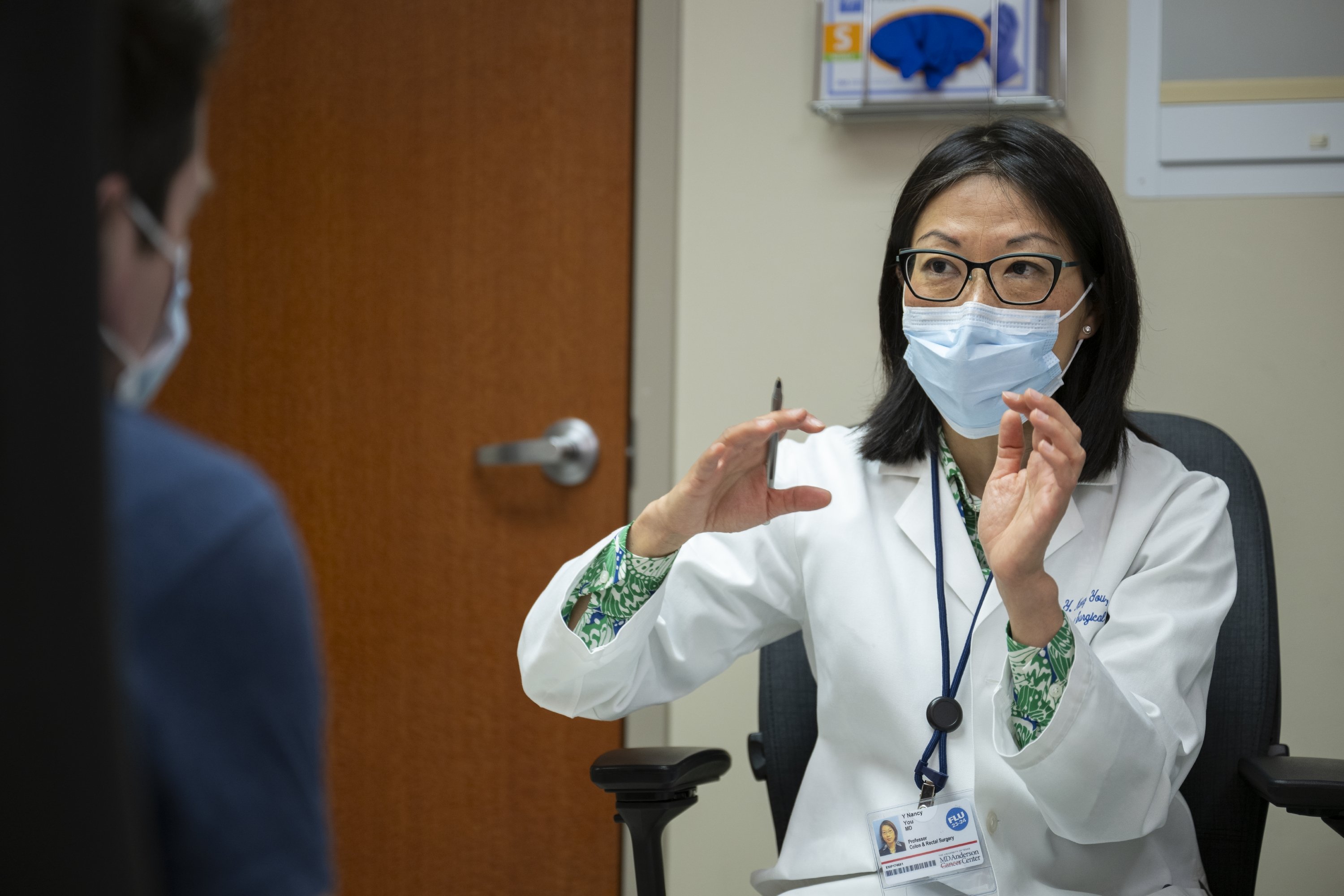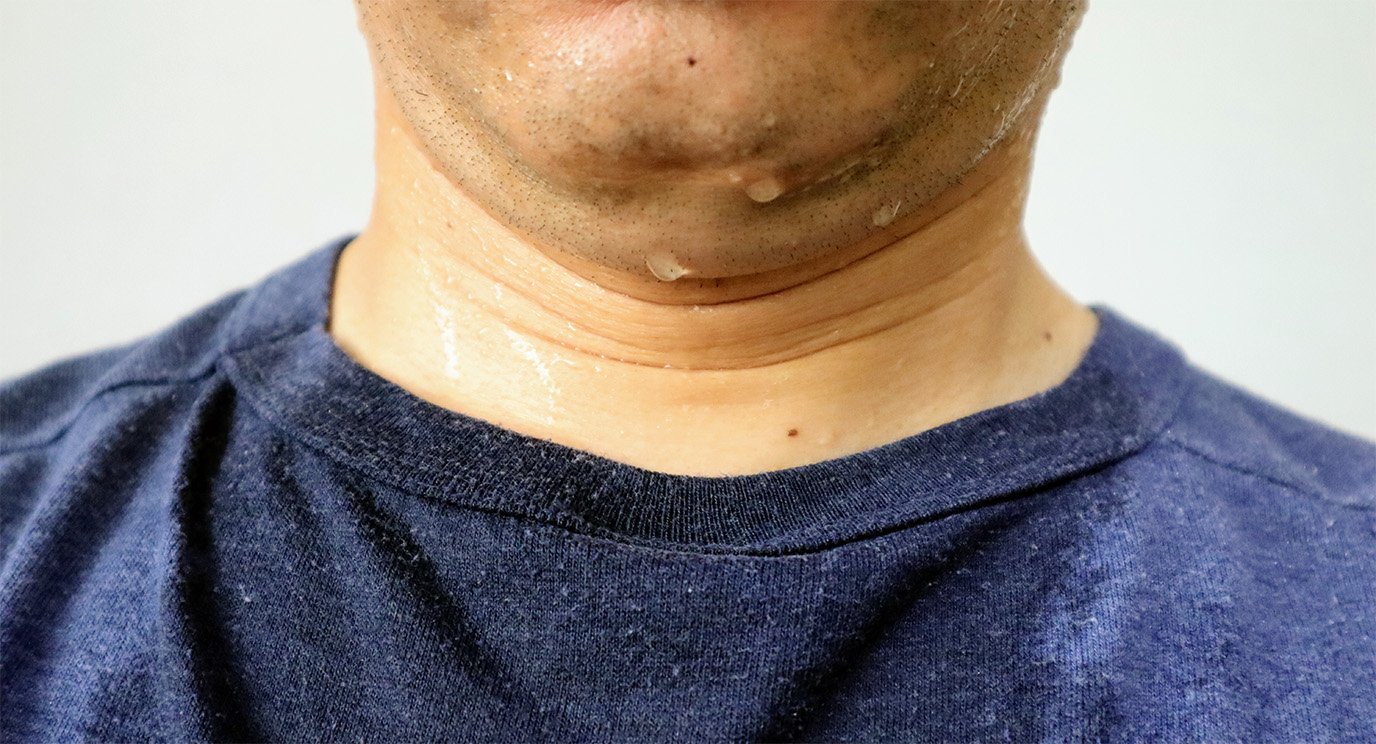- Diseases
- Acoustic Neuroma (14)
- Adrenal Gland Tumor (24)
- Anal Cancer (68)
- Anemia (2)
- Appendix Cancer (16)
- Bile Duct Cancer (26)
- Bladder Cancer (72)
- Brain Metastases (28)
- Brain Tumor (232)
- Breast Cancer (714)
- Breast Implant-Associated Anaplastic Large Cell Lymphoma (2)
- Cancer of Unknown Primary (4)
- Carcinoid Tumor (8)
- Cervical Cancer (158)
- Colon Cancer (166)
- Colorectal Cancer (118)
- Endocrine Tumor (4)
- Esophageal Cancer (44)
- Eye Cancer (36)
- Fallopian Tube Cancer (8)
- Germ Cell Tumor (4)
- Gestational Trophoblastic Disease (2)
- Head and Neck Cancer (12)
- Kidney Cancer (128)
- Leukemia (342)
- Liver Cancer (50)
- Lung Cancer (286)
- Lymphoma (278)
- Mesothelioma (14)
- Metastasis (30)
- Multiple Myeloma (100)
- Myelodysplastic Syndrome (60)
- Myeloproliferative Neoplasm (6)
- Neuroendocrine Tumors (16)
- Oral Cancer (100)
- Ovarian Cancer (172)
- Pancreatic Cancer (160)
- Parathyroid Disease (2)
- Penile Cancer (14)
- Pituitary Tumor (6)
- Prostate Cancer (146)
- Rectal Cancer (58)
- Renal Medullary Carcinoma (6)
- Salivary Gland Cancer (14)
- Sarcoma (238)
- Skin Cancer (296)
- Skull Base Tumors (56)
- Spinal Tumor (12)
- Stomach Cancer (64)
- Testicular Cancer (28)
- Throat Cancer (92)
- Thymoma (6)
- Thyroid Cancer (98)
- Tonsil Cancer (30)
- Uterine Cancer (80)
- Vaginal Cancer (16)
- Vulvar Cancer (20)
- Cancer Topic
- Adolescent and Young Adult Cancer Issues (20)
- Advance Care Planning (10)
- Biostatistics (2)
- Blood Donation (18)
- Bone Health (8)
- COVID-19 (362)
- Cancer Recurrence (120)
- Childhood Cancer Issues (120)
- Clinical Trials (632)
- Complementary Integrative Medicine (22)
- Cytogenetics (2)
- DNA Methylation (4)
- Diagnosis (232)
- Epigenetics (6)
- Fertility (62)
- Follow-up Guidelines (2)
- Health Disparities (14)
- Hereditary Cancer Syndromes (126)
- Immunology (18)
- Li-Fraumeni Syndrome (8)
- Mental Health (116)
- Molecular Diagnostics (8)
- Pain Management (62)
- Palliative Care (8)
- Pathology (10)
- Physical Therapy (18)
- Pregnancy (18)
- Prevention (918)
- Research (392)
- Second Opinion (74)
- Sexuality (16)
- Side Effects (604)
- Sleep Disorders (10)
- Stem Cell Transplantation Cellular Therapy (216)
- Support (402)
- Survivorship (322)
- Symptoms (182)
- Treatment (1786)
Grace Saves a Life
3 minute read | Published January 04, 2012
Medically Reviewed | Last reviewed by an MD Anderson Cancer Center medical professional on January 04, 2012
About a month before my baby was due, my obstetrician asked me, "So, have you thought about what you want to do with the cord blood?"
Without hesitation, I said I wanted to donate it to the Cord Blood Bank at MD Anderson. She scribbled a note on my chart and we went on with the appointment.
Because I work at MD Anderson, I'm aware of the cord blood donation program. But if you've never heard about it, it's easy to miss.
Cord blood remains in the placenta and umbilical cord after a baby is born. It's a source of stem cells that can be used as an alternative to bone marrow to treat patients with many diseases, including cancer.
Still, no one ever asked me to donate my baby's cord blood.
When you're pregnant and you sign up for any online service, or visit any pregnancy website, you're bombarded with ads for expensive cord blood banking services. This is generally your introduction to the idea that you should consider doing anything at all with umbilical cord blood.
Cord blood donation is rarely brought up. I found just one mention of it on the back of a brochure I got from the hospital.
The easiest donation ever
I went into the hospital the morning of my scheduled C-section and got settled into the pre-op room.
As soon as they were done with my vitals and IV, a very sweet MD Anderson Cord Blood Bank representative stepped in to explain the process and get my signature on a few forms. It took about five minutes. The biggest challenge was signing the papers with the IV in my hand.
The delivery went very smoothly, and I gave birth to a beautiful daughter. We named her Grace.
I was totally unaware of anything going on in the delivery room after her birth. My focus was on the beautiful crying baby in my arms. Later, my fiancée told me that the woman from MD Anderson was in the room, and he saw her collect the piece of cord and "some big brown gross-looking thing."
I explained that it was the placenta. During the form-signing process, she asked if I'd like to donate that as well, since otherwise they just throw it away. Apparently, placental tissue can be used in investigational treatments that may promote rapid healing of wound tissue.
How to donate
I can't imagine why they throw away so many of these life-saving cells, when it's so easy to donate them. If you're pregnant and in Houston, consider donating to MD Anderson's Cord Blood Bank. It has partnerships with:
- The Woman's Hospital of Texas
- Ben Taub General Hospital
- Memorial Hermann Southwest
- St. Joseph Medical Center
If you're delivering at another hospital, you can call the Cord Blood Bank at 713-563-8000 or email cordbloodbank@mdanderson.org to set up the donation.
If you're not in Houston, you can learn more about cord blood donation options through BeTheMatch.org. Your doctor may also have information about your local options, so don't forget to bring it up at your next appointment.
It was easy, and I'm proud to say my little Grace started her life by saving a life.
Related Cancerwise Stories
If you're pregnant and in Houston, consider donating to MD Anderson's Cord Blood Bank.
Jennifer Texada
Employee and Donor





